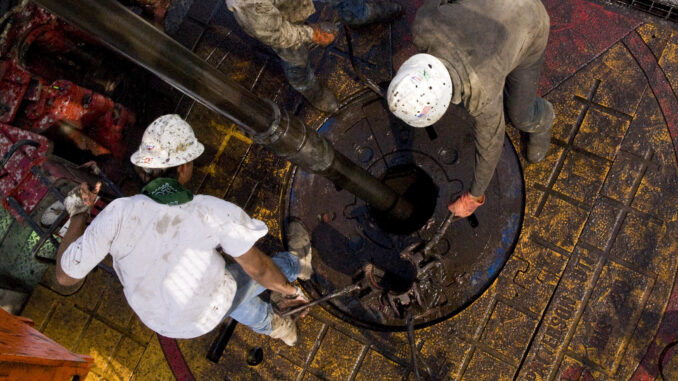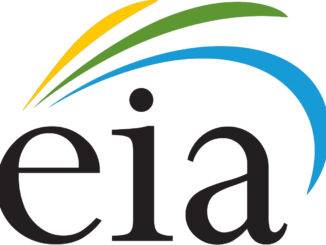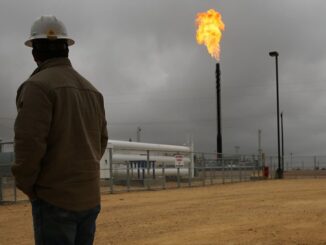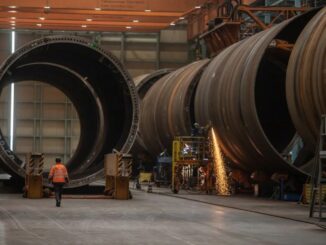
US oil and gas producers are finally seeing some relief from soaring inflation, but any cost savings are likely to be put back into shareholder returns rather than invested in production growth.
During first quarter earnings calls, many US independents welcomed tentative signs that cost pressures are abating, with prices for raw materials such as steel, sand and diesel easing from recent highs. Some see rig rates falling later this year, while others note a marked improvement in previously tight markets for labour and equipment. Shale oil basins are also likely to be beneficiaries of a slowdown in gas drilling because of lower prices, which has freed up more equipment.
Falling costs are not spurring producers to revise spending plans — most are sticking with earlier capital expenditure and production plans as they see little to no pressure from shareholders to change course. And with lower inflation seen by some as a sign of a pending recession, there is little in the way of a price signal incentivising an increase in production, with the demand outlook remaining weak.
Occidental Petroleum chief executive Vicki Hollub flagged early signs of “tempered inflation”, yet she ruled out raising production beyond current plans. “Any incremental cash flow that we can generate from whatever sources would go to share repurchases,” she said.
Permian basin-focused Diamondback Energy says well costs peaked over the last two quarters and it anticipates “meaningful decreases” going forward. “Both raw materials (including steel, diesel and sand), and service costs are now decreasing,” chief executive Travis Stice wrote in a letter to shareholders. He told analysts that steel costs are poised to drop by $20-25/ft — after increasing for nine straight quarters to over $110/ft — while rig day rates are also lower.
Devon Energy described “service-price stability” for the first time in many quarters in January-March. “We began to see signs of increased availability of goods and services due to an overall slowdown in industry activity,” chief executive Rick Muncrief said. “If these trends continue, we see potential for downward pressure on service costs later this year and into 2024.” Devon says a shift towards shorter-term service contracts may help it negotiate more favourable terms going forward.
But leading US oil service firm Halliburton still expects its North America customer spending to increase by at least 15pc this year. “Demand for high-quality services are very much in demand and hard to deliver,” chief executive Jeff Miller says. “There’s still inherent inflation in the frac business today.”
Labour pains
EOG Resources says early signs of service cost moderation vary across different basins. “We would expect that any softening of service and tubular costs will be slow to manifest into lower well costs and cash operating costs until much later in the year or, more likely, in 2024,” EOG president Billy Helms says.
And some producers caution that inflation has far from disappeared from the shale patch. Hess noted continuing pressure “in certain areas, particularly labour”, while Occidental reported a “fair amount of wage inflation pressures” in the Permian. Marathon Oil, which operates across four US basins, joined others in warning against expecting any immediate relief in terms of lower costs.
“It does still feel a little bit too early to be counting on deflation in the second half of the year, particularly when you think about the volatility of the backdrop we face at the moment,” executive vice-president of operations Mike Henderson says. But the firm has been able to obtain more experienced crews and better equipment than was possible six months ago. “What I’d say we’re seeing at the moment is maybe a general flattening or plateauing of service costs,” Henderson says.



